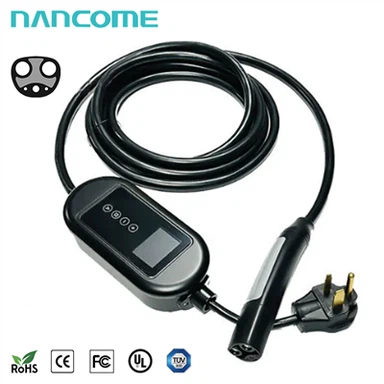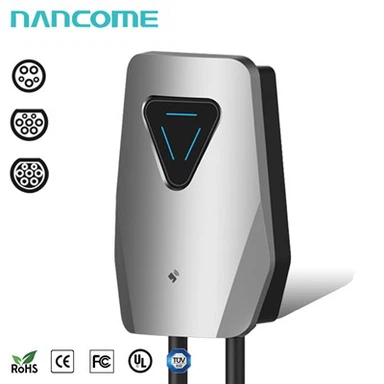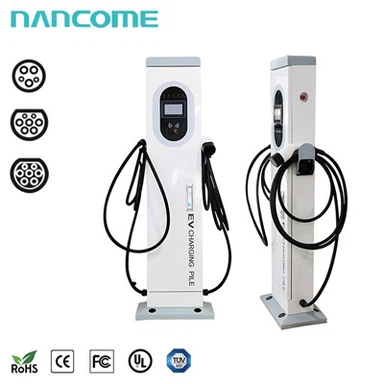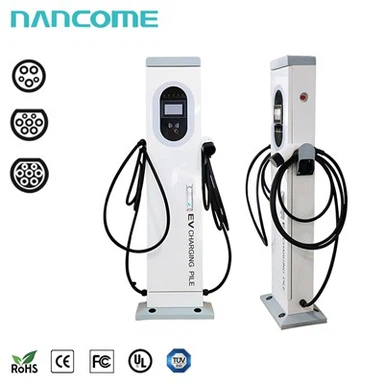What are the differences between V2G charging piles and V2H charging stations?
Dec 08, 2023
What are the differences between V2G charging piles and V2H charging piles?
V2G (Vehicle-to-Grid) and V2H (Vehicle-to-Home) are two different ways of energy interaction involving the connection between electric vehicles and the grid and home energy systems. The main differences between them are as follows:

V2G (Vehicle-to-Grid): V2G allows electric vehicles to transmit the electrical energy stored in their batteries back to the grid. This means that electric vehicles can be used as mobile energy storage devices, supplying excess electricity to the grid. During peak hours or when grid demand is insufficient, V2G charging piles can inject electricity from EV batteries into the grid to support the balance and stability of the grid. This energy interaction can provide backup energy to the grid, regulate the load on the grid, and improve energy efficiency.
1. Charging stage: When an electric vehicle is connected to a charging pile, it can obtain electrical energy from the power grid for charging, and store the electrical energy in the vehicle's battery.
2. Energy Feedback Phase: In specific situations, when the grid needs an additional power supply, V2G technology allows EVs to reversely feed the electrical energy stored in their batteries back into the grid.
3. Bidirectional converters: To achieve V2G, electric vehicles need to be equipped with bidirectional converters. Bidirectional converters convert the direct current energy in the vehicle's battery into alternating current that is used to supply power to the power grid.
4. Power grid energy supply: Through V2G technology, the battery of an electric vehicle becomes an adjustable energy reserve for the power grid, which can feed back to the power grid during peak hours or emergencies to stabilize the power supply of the grid.

V2H (Vehicle-to-Home): V2H allows electric vehicles to use the electrical energy stored in their batteries to supply their homes' electricity needs. By connecting an electric vehicle to a home energy system, such as a home charging station or inverter, an electric vehicle's battery can provide a backup power or energy storage system for the home. In the event of a power outage or grid failure, the V2H system can convert the electric energy of the electric vehicle into alternating current and supply it to the household electrical equipment, providing a temporary emergency power supply.
1. Charging phase: When an electric vehicle is connected to a charging station in the home electricity system, the vehicle's battery is charged.
2. Discharge phase: Under certain circumstances, when the home power system needs power or a power outage occurs, V2H technology allows electric vehicles to reversely transmit the electrical energy stored in their batteries back to the home grid.
3. Reverse converter: To achieve V2H, electric vehicles need to be equipped with reverse converters. A reverse converter converts DC power from an electric vehicle's battery into alternating current so that it can be fed into the home electricity system.
4. Household electricity: With V2H technology, the battery of an electric vehicle can provide a temporary backup power source for the home to help with a power outage or emergency.
V2H technology can provide energy flexibility and backup power to homes and has great potential for energy management and emergency response. However, it is important to note that the implementation of V2H needs to ensure appropriate safety measures to protect the safe and stable operation of vehicles and household power systems.
V2G is primarily concerned with the energy interaction between an electric vehicle and the grid, while V2H is concerned with the energy interaction between an electric vehicle and the home energy system. Both have slightly different goals and application scenarios, but both leverage the battery energy storage capacity of electric vehicles to provide flexible energy support for the grid and homes.







